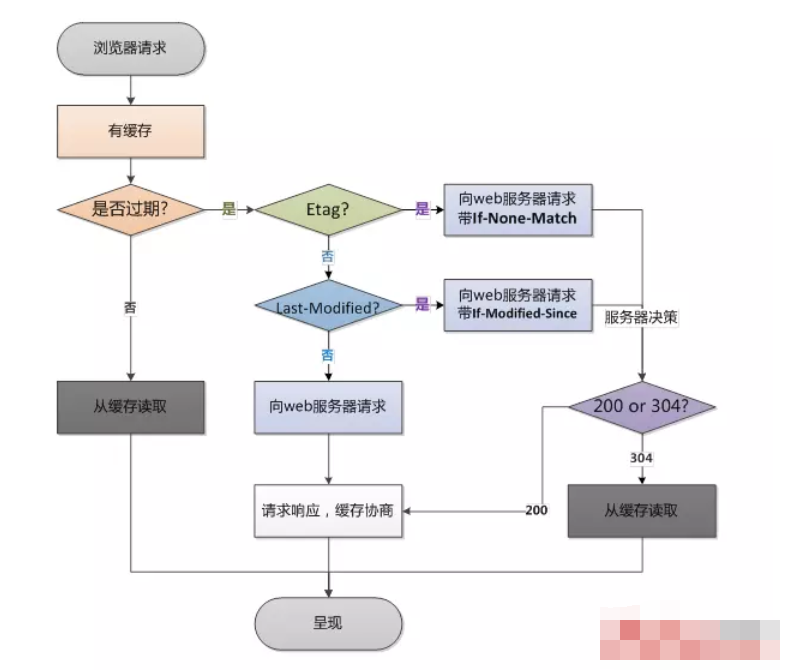Java 中的 try catch 影响性能吗?
但实际上这种习惯不仅会让代码很难看,更会影响代码的运行性能。有些人会觉得,不就是一个 try catch 么,怎么会影响性能啊。那就让我们来测试看看吧。
实验
首先,我们看看没有 try-catch 情况下,进行 100 万次加法的耗时:
-
long start = System.nanoTime(); -
int a = 0; -
for (int i = 0; i < 1000000; i++) { -
a++; -
} -
System.out.println(System.nanoTime() - start);
经过5次统计,其平均耗时为:1816048 纳秒,即 1.8 毫秒。
接着,我们来看看在有 try-catch 情况下,进行 100 万次加法的耗时:
-
long start = System.nanoTime(); -
int a = 0; -
for (int i = 0; i < 1000000; i++) { -
try { -
a++; -
} catch (Exception e) { -
e.printStackTrace(); -
} -
} -
System.out.println(System.nanoTime() - start);
经过5次统计,其平均耗时为: 1928394 纳秒,即 1.9 毫秒。
我们再来看看,如果 try-catch 抛出异常,进行 100 万次加法的耗时:
-
long start = System.nanoTime(); -
int a = 0; -
for (int i = 0; i < 1000000; i++) { -
try { -
a++; -
throw new Exception(); -
} catch (Exception e) { -
e.printStackTrace(); -
} -
} -
System.out.println(System.nanoTime() - start);
经过 5 次统计,其平均耗时为:780950471 纳秒,即 780 毫秒。
经过上面三次统计,我们可以看到在没有 try catch 时,耗时 1.8 毫秒。在有 try catch 但是没有抛出异常,耗时 1.9 毫秒。在有抛出异常,耗时 780 毫秒。我们能得出一个结论:如果 try catch 没有抛出异常,那么其对性能几乎没有影响。但如果抛出异常,那对程序将造成几百倍的性能影响。
结论
虽然在没有抛出异常时,try catch 几乎没有性能影响。但是一旦抛出异常,那么其对性能的影响将是巨大的。因此我们在实际编程的时候,需要特别注意 try catch 语句的使用,不在没有必要的地方过多使用。
原文发布时间为:2018-09-16
本文作者:Java技术驿站
本文来自云栖社区合作伙伴“Java技术驿站”,了解相关信息可以关注“Java技术驿站”。






